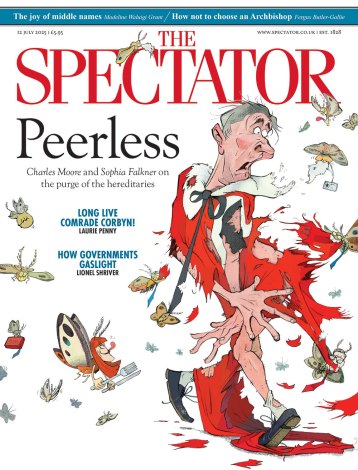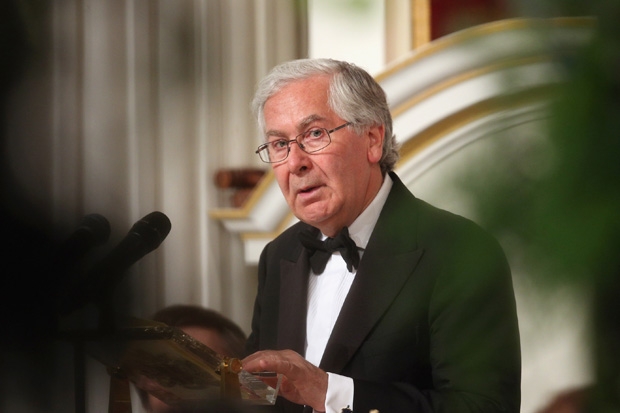I once asked an American friend to come and talk to the Centre for the Study of Financial Innovation. He told them that he was against it. That put him ahead of his time, but Mervyn King agrees with him.
In his decade as Governor of the Bank of England, he had seen what innovation could do, in good times and bad — in crisis, and in the fitful recovery that followed. He has resisted any temptation to write a memoir with himself as hero. Instead, he has set out to explain what went wrong and what must change to stop it happening again—and since we all need to know that, he wanted to write, not in economists’ algebraic shorthand, but in English.
That shorthand gave an illusion of certainty. It encouraged banks to believe that they could measure the future and put a price on risk — and if they could measure it and price it, they could trade it. Innovation showed the way, and its margins of safety could be narrow. When they disappeared, another illusion was put to the test — the belief that a bank might be short of ready cash but still solvent. In practice, any bank that cannot open its doors and meet its obligations is out of business. So, on one fraught afternoon, the Bank of England’s chief cashier had to write Lloyds and the Royal Bank of Scotland a cheque for £60 billion.
The big banks, to King’s mind, were on a two-way bet. If they made money, they kept it, and if they lost, they were too big to fail, so the taxpayer would foot the bill. (No wonder that he and they did not get on.) With the odds stacked like that, he suspects, it will happen again. A Victorian governor, Thomson Hankey, had warned that the presence of a safety net would be an incentive to dangerous banking. He was hooted down, but has been borne out by events, when the dangers were self-evident.
They met a response that was paradoxical. Financial crises (said Larry Summers, sage of Harvard) are caused by too much confidence, too much lending and too much spending, and can only be cured by more of the same. The technical name for this is quantitative easing. Now, seven years into the treatment, these official injections of money are proving more addictive and less effective. After a point, King tells us, they confront diminishing returns: ‘We have reached that point.’
The implication is that we have been treating the symptoms and leaving the complaint untouched. Too much lending has moved the world’s debtors and creditors further apart. It has been happening before our eyes in Europe, where a unified currency has made it easier for the north to sell to the south but harder to collect payment. Greece is now mired in depression and debt: it needs an amnesty and a competitive rate of exchange, but is not allowed either.
The single currency has always been a political project in an economic wrapper. The present danger, King warns, is not that it might collapse but that it might continue — ‘bringing economic stagnation to the largest currency bloc in the world and holding back recovery of the wider world economy’. No great advertisement, then, for ever closer union? We might think that; he, of course, could not possibly comment.
Muddling on from here, he tells us, will simply bring on the next crisis. A touch of realism would be the right start: rates of exchange that are set in the marketplace, bad debts and bad bets written off. No more two-way bets for the banks. Instead they could, if they chose, pledge their assets at the Bank of England, where his successors would be retrained as superior pawnbrokers.
He himself shows a reassuring belief in what Adam Smith saw as man’s power to overcome both the ravages of disease and the absurd prescriptions of the doctor. Sensible rules of thumb will take us a long way — heuristics, King calls them. This word crept into print two centuries ago and might be translated as ‘happy-go-lucky’. We can only hope so.






Comments